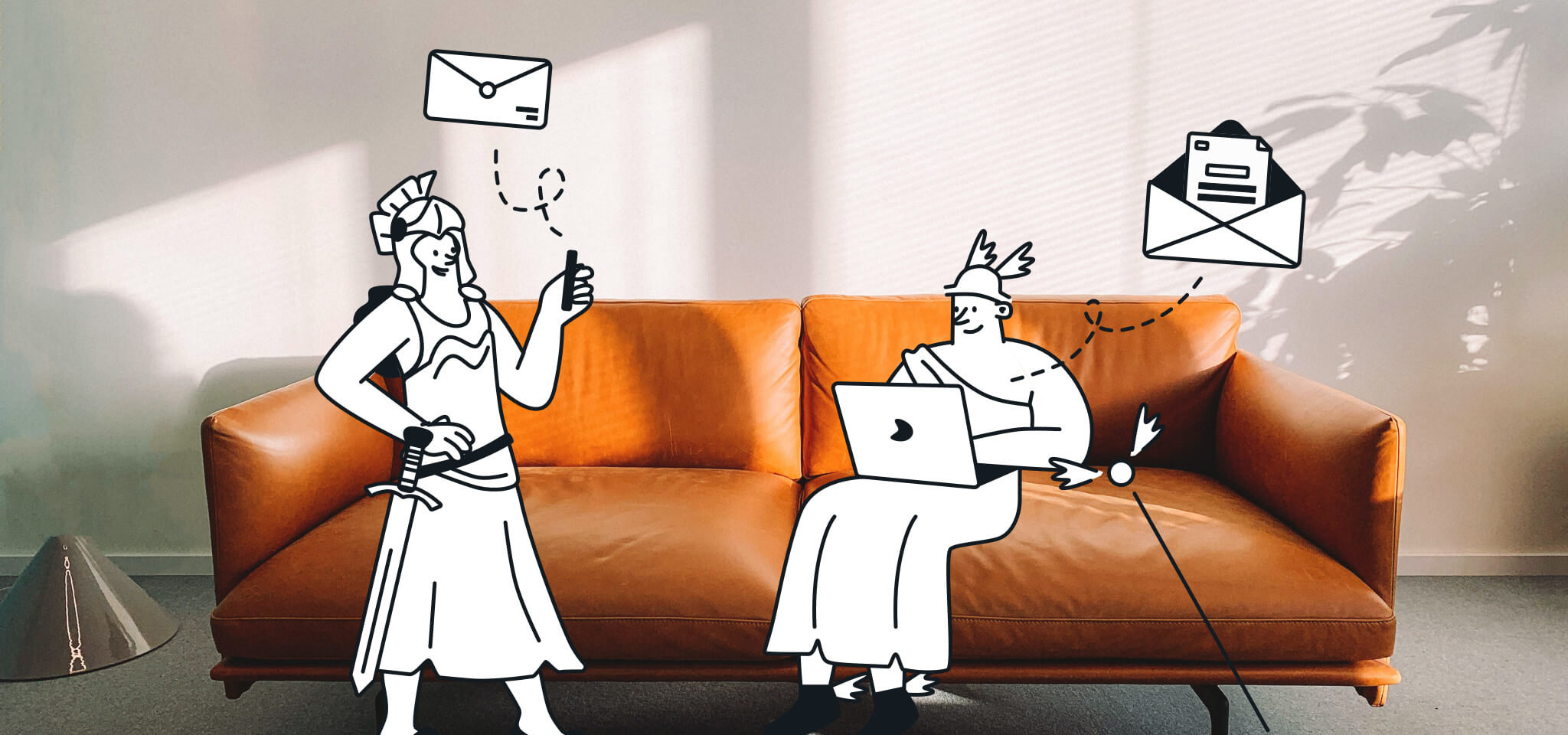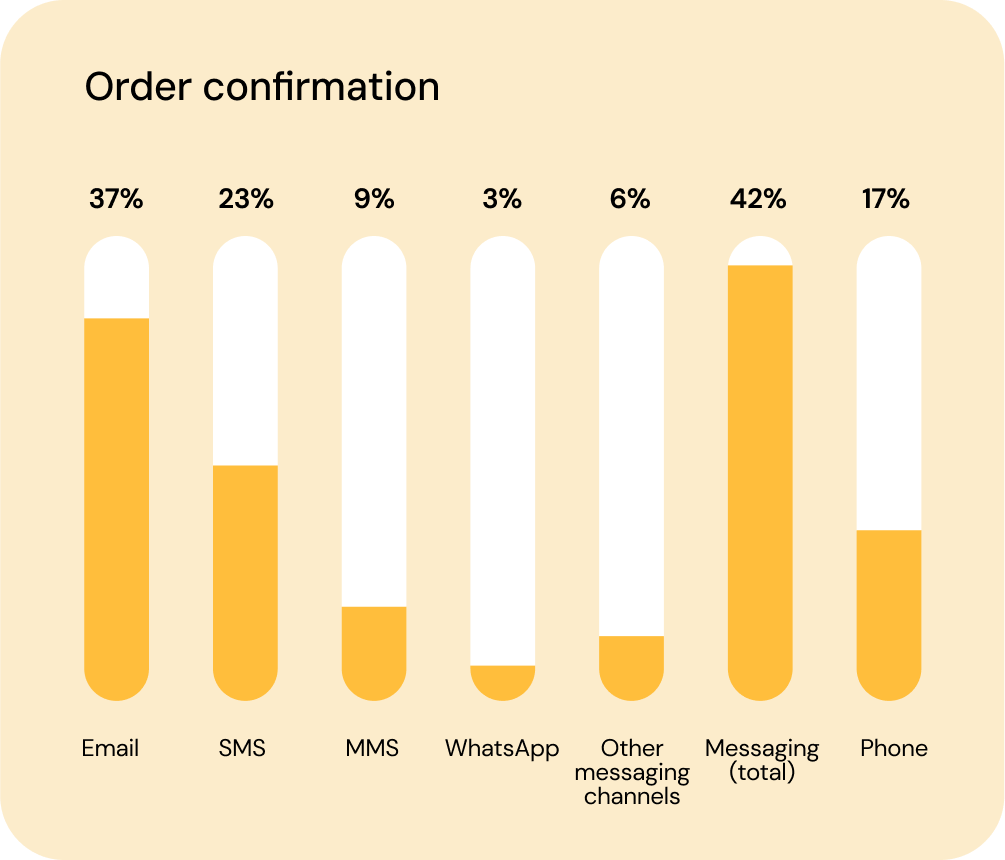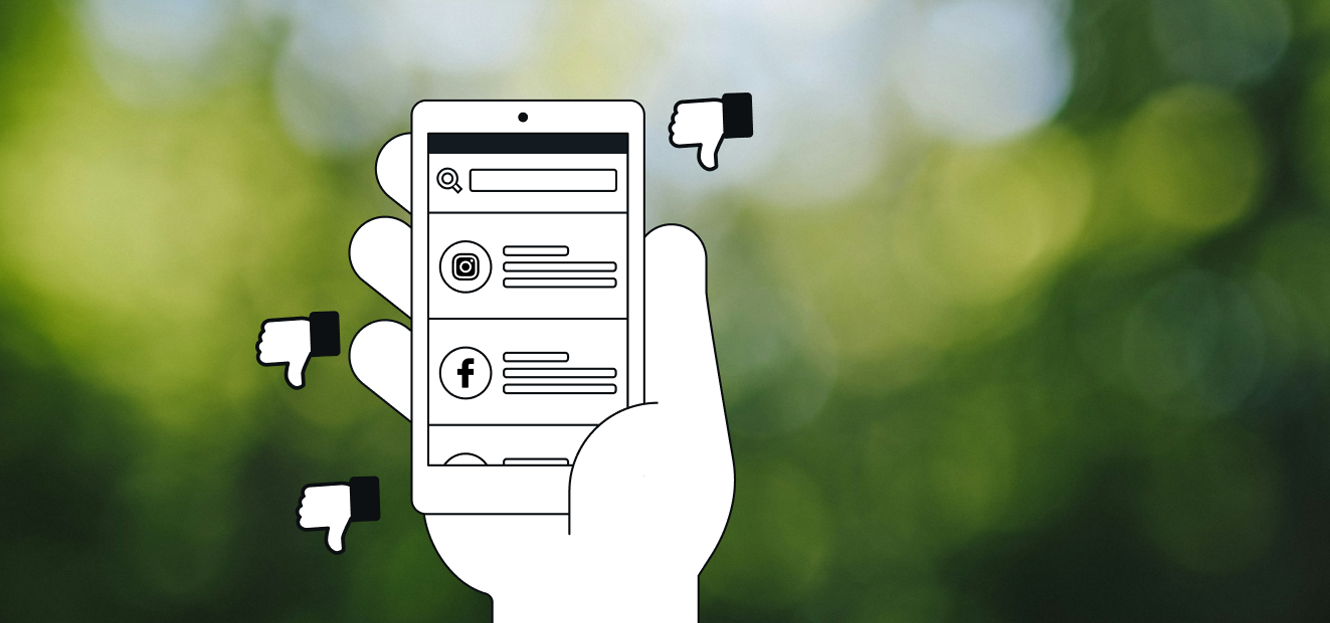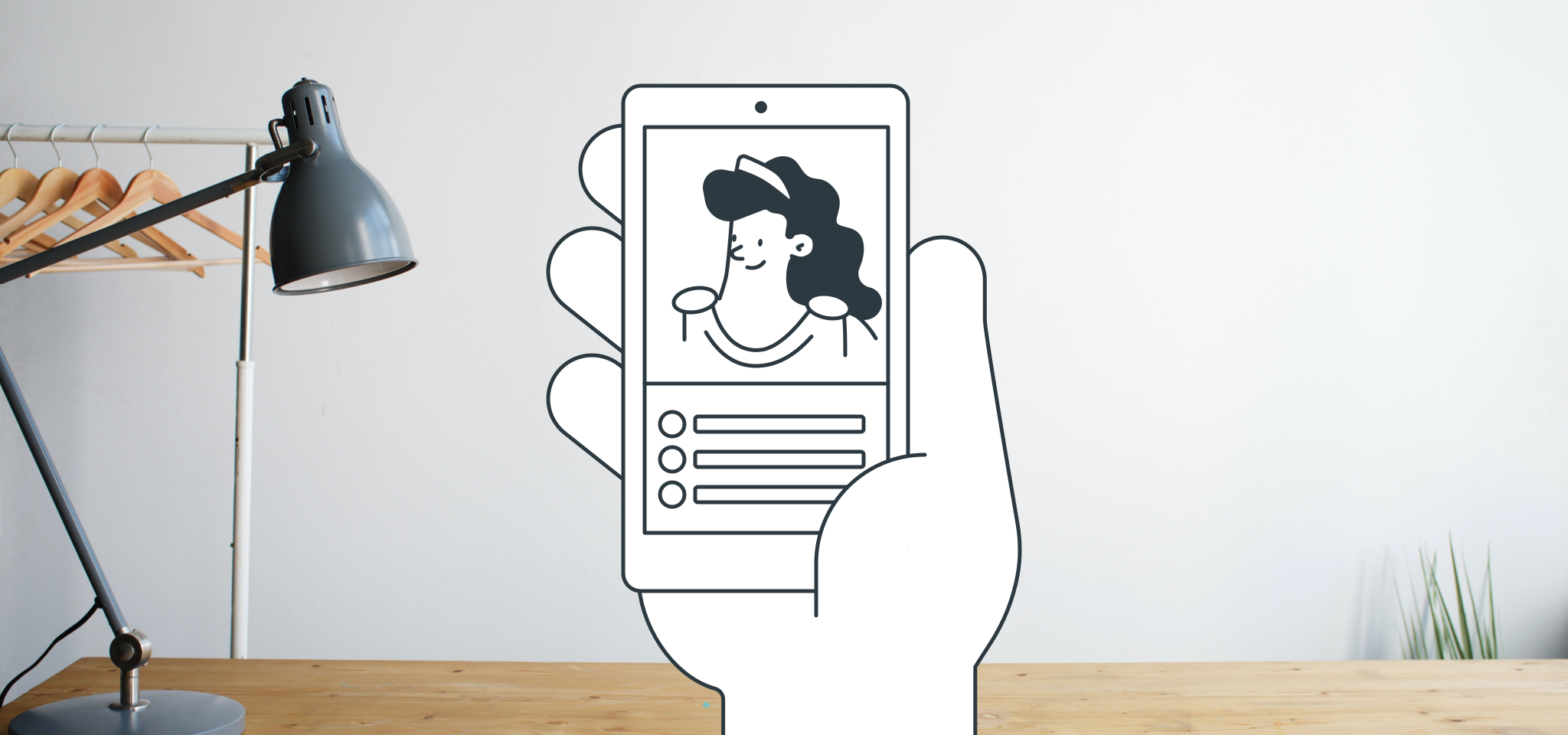Marketing
Customer communication strategy: Email promotions or mobile messaging?
A new survey explores the ways consumers and businesses use different channels to send and receive transactional information and promotional messages. Find out if your customer communication strategy has you covered or needs an upgrade.

PUBLISHED ON
Should we crown an undisputed champion of customer communication? Our brains seem to be wired to pick a winner and find the best solution. The truth is, there’s almost always more than one way to get the job done.
A new report from Sinch reveals that your strategy for reaching customers should be more of a team sport than a head-to-head competition. Let’s dive into some key takeaways from The art and heart of meaningful customer connections to find out which channels should be included in your strategy.
Table of content
Prepurchase customer communication: Businesses vs consumers
Post-purchase messaging
Security and account access
Making the case for cross-channel communication
Sinch asked more than 430 businesses to identify all the communication channels they use to reach customers. Results show 92% of businesses surveyed use email for customer communications, making it the top channel. Still, email’s not doing it all alone.
As you can see from the chart below, many of these businesses are using a wider variety of channels. That includes text messaging with 73% of businesses using SMS and another 39% using MMS to interact with customers. Social media channels also fared well with more than half saying they use Facebook Messenger or Instagram messaging.
At 42%, the voice channel or contact center remains an important way for many organizations to connect with customers. Plus, emerging communication channels like RCS (Rich Communication Services) and AI-powered chatbots are becoming parts of the plan for some businesses as well.

But what do consumers think about all this? Sinch Mailjet’s 2024 report, The path to email engagement found around 75% of consumers prefer email for both transactional and promotional messages.
However, what’s interesting about this new research from Sinch is how it asks consumers about very specific situations and use cases. That includes personalized promotions, different types of transactional messages, and channels for receiving educational content.

Prepurchase customer communication: Businesses vs consumers
Do the channels and strategies businesses use to reach consumers meet their customers’ expectations? Sinch’s report compares what consumers want to what businesses are doing. Results suggest many communication practices are aligned with consumer expectations. Still, it also appears likely there are businesses with gaps in their communication strategy.
Sinch specifically asked consumers and businesses about pre-purchase communications. These messages could be promotional offers or educational content designed to keep people engaged and move them along a path to purchase.

Businesses and consumers are closely aligned on many channels, but there are a couple of areas with noticeable discrepancies. First, while 36% of consumers want or expect email for pre-purchase campaigns, 29% of businesses say they use the channel for that purpose. Secondly, the total for all messaging channels reflects the biggest gap in this comparison (43% vs 54%). That’s primarily because more businesses are using WhatsApp and other messaging channels for pre-purchase communication.
Hearing from brands over these less common messaging channels is still a new experience for many consumers. That’s changing. For example, WhatsApp is the most popular messaging app in the world, but it’s just starting to takeoff in the United States. WhatsApp’s U.S. user base is growing much faster than in other countries.
A key consideration here is how brands that are early adopters of WhatsApp business messaging could have a leg up on the competition, reaching consumers on a channel where there’s less noise and plenty of value.
It also suggests there are opportunities for some businesses to expand their customer communication strategy into other areas, which plenty of them are doing. Scaling customer connections with new channels seems to be a trend. Sinch’s research found 41% of businesses it surveyed plan to add at least one mobile messaging channel to the mix in 2024.
Customer communication and promotional messages
Let’s take a closer look at some of these findings and uncover the truth about consumer preferences in specific scenarios. You may notice a couple of recurring themes among the results:
SMS communication is consistently the second most-popular option and the favorite among all messaging channels.
When all messaging channels are combined, the results typically match or exceed consumer preferences for email.
That was the case when Sinch asked consumers about preferences for receiving promotions from a brand after becoming a paying customer. 39% of those surveyed picked email promotions followed by 21% who selected SMS promotions.
But as you can see, when SMS is combined with MMS, WhatsApp, and other mobile messaging channels (Facebook Messenger, Instagram, RCS, etc.), they edge out email promotions for the top spot at 40%.

The survey found similar preferences among consumers for channels used to deliver personalized recommendations and offers. When all messaging channels are combined, the total is even with email at 39%.

By now, it’s probably becoming quite clear: Relying on just one communication channel for promotions – even if it is the most popular – may not be enough. B2C brands should strive to reach consumers wherever they are to increase customer satisfaction.
An important challenge many businesses will need to overcome is finding a way to deliver consistent experiences across multiple channels to harness the true power of personalization. These channels become more cohesive and effective when businesses take advantage of a Communication Platform as a Service (CPaaS), which connects everything in the cloud.
Customer communication and transactional messages
While transactional customer communication may seem a little boring compared to flashy marketing campaigns, they’re still extremely important and even personal. That’s because they are highly relevant messages sent to individuals and not mass messages sent to a list.
The communications consumers receive from brands after making purchases, for example, are vital to a good customer experience.
Post-purchase messaging
Sinch’s survey found that, when analyzing individual channels, 37% of consumers preferred order confirmation messages over email. Yet 42% would choose a mobile messaging channel for order confirmations.

The results for delivery notifications were similar: 46% of consumers chose a mobile messaging channel while 37% picked email. Consumers expect both these types of messages to arrive in a timely manner. Order confirmation and post purchase notifications should show up as soon as possible.
If a ride-share driver is waiting, an important package is at the door, or a food order is ready for pickup, people want to know right away. That’s why the simplicity of SMS works so well for post-purchase customer communications. They’re delivered almost immediately, and consumers with smartphones are keeping a close eye on their text messages.
Email does have a slight advantage when it comes to another type of post-purchase message. Sinch’s survey found 42% of respondents would prefer emails for their invoices and receipts compared to 38% of all mobile messaging channels combined.

A key feature of the email inbox is that it’s easier to stay organized and search for specific messages (including invoices and receipts) when you need to find them. Email accounts with Gmail and Outlook may also be connected to Google Drives or Microsoft Office software for archiving important documents.
Security and account access
Digital touchpoints such as email and SMS are the most common ways businesses help customers access their accounts, support security, and prevent bad actors from gaining access to personal information.
Two-factor authentication (2FA), one-time passwords (OTP), and other forms of user verification also need to arrive quickly and avoid being filtered into spam. Consumers in the Sinch survey indicated text messages are ideal for this kind of customer communication.
SMS and MMS are essentially two different protocols delivered through the same channel – the text message inbox. Even without combining other mobile messaging channels, SMS and MMS were more popular than email for these use cases.
While 33% of respondents chose email for identity verification, 36% would prefer SMS or MMS. At 34%, email tied with SMS and MMS for preferences connected to alerts and notifications about account activity. All messaging channels combined reached 43%.


Defining your customer communication strategy
Would it be easier to have one customer communication channel to rule them all? Sure. But that’s not the world we’re living in. Consumers have a wide variety of options and opinions regarding where and how they’d prefer to hear from you. The good news is, there are simple ways to start building a more connected experience.
So, what’s your next step? For some businesses, a multi-channel communication strategy may suffice. Others may need a cross-channel approach while cutting edge companies pursue strategies based on an omnichannel customer journey. Here’s a quick explanation:
Multi-channel refers to using several key touchpoints to reach customers. It gives people options, but the separate channels work independently. This means they are usually somewhat siloed anddisconnected.
Cross-channel is more connected than multi-channel. Some information about the customer is shared between channels. For example, it can help provide a consistent shopping experience on a website, in an application, and at a retail store.
Omnichannel takes things even further. It delivers seamless, integrated, and personalized experiences to consumers on any channel. Conversations that start on one device or channel continue when someone switches - without losing a beat.
Your business may not be ready to take on an omnichannel strategy just yet. But it’s an excellent time to consider expanding your customer communications into new channels.
Wondering where to start? Take Sinch’s free evaluation. Answer a few questions and receive personalized recommendations for an effective customer communication strategy that fits your industry and your organization.








